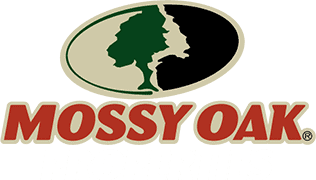An easement is a legal right that allows someone to use another person’s land for a specific purpose. This might sound simple, but understanding easements is crucial when buying land, as they can affect how you use the property and what you can build or develop. Easements can sometimes limit the freedom landowners have, making it essential to know exactly what you are getting into.
Common examples of easements include access for utility lines, shared driveways, or even public pathways. For instance, a utility company might have the right to access part of your property to maintain or repair lines, while a neighbor might have a shared right to use your driveway. Knowing these details is important whether you are looking at large tracts of land for sale or smaller residential land for sale.
Who Owns an Easement?
Easement ownership can feel a little confusing at first. The landowner still owns the property, but the easement holder has specific legal rights to use a part of it. For example, if a utility company has an easement on your land, they can legally access that section to carry out repairs or inspections, even though you own the property.
To avoid surprises, it is important to review property deeds and conduct a title search before buying land. These documents often outline any existing easements and clarify the terms. Understanding who owns an easement and how it affects your property is a key part of making an informed decision. At Mossy Oak Properties, we guide buyers through these details to help them avoid potential problems.
Common Problems with Easements
Issues that can arise with easements include:
- Disputes over how the easement is being used or disagreements about its terms
- Unclear boundaries that create confusion about where the easement starts and ends
- Conflicts about who is responsible for maintaining shared areas or access points
- Restrictions on building or developing certain parts of the property
- Unexpected access by utility companies or other easement holders
- Potential decrease in property value due to limitations placed by the easement
- Difficulties selling the property if buyers see the easement as a drawback
How Easement Issues Affect Buyers
Easement issues can have a significant impact on buyers. They might reduce privacy, especially if others have the right to access part of the property. This could be anything from occasional use by a neighbor to frequent visits from utility workers. Easements can also affect property resale value, as potential buyers may see them as a drawback.
Development plans might need to be adjusted or even abandoned if an easement restricts how the land can be used. These are just a few reasons why understanding easements is so important. Professional land specialists, like those at Mossy Oak Properties, can help buyers navigate these concerns and find properties that meet their expectations.
Resolving Easement Problems
Easement problems can often be addressed with the right approach. Consulting a real estate attorney is a helpful first step, as they can explain the legal terms of the easement and suggest possible solutions. Negotiating directly with the easement holder may also resolve issues, especially when there is room for compromise.
If disputes persist, mediation or arbitration can offer a neutral setting to find common ground. Understanding the terms of the easement fully and working with professionals who are experienced in land transactions can make dealing with these challenges less stressful.
How Mossy Oak Properties Help?
At Mossy Oak Properties, we focus on making the process of buying land as clear and straightforward as possible. Identifying potential easement issues early helps buyers make informed decisions. Properties can vary widely, from those with favorable easement terms to land without any easements, giving buyers the flexibility to choose what works best for them.
For those facing challenges, we can connect buyers with trusted professionals like surveyors and attorneys. With a broad selection of properties and years of experience, we provide the guidance needed to find the right fit. Visit our nearest office or reach out to explore more options.


